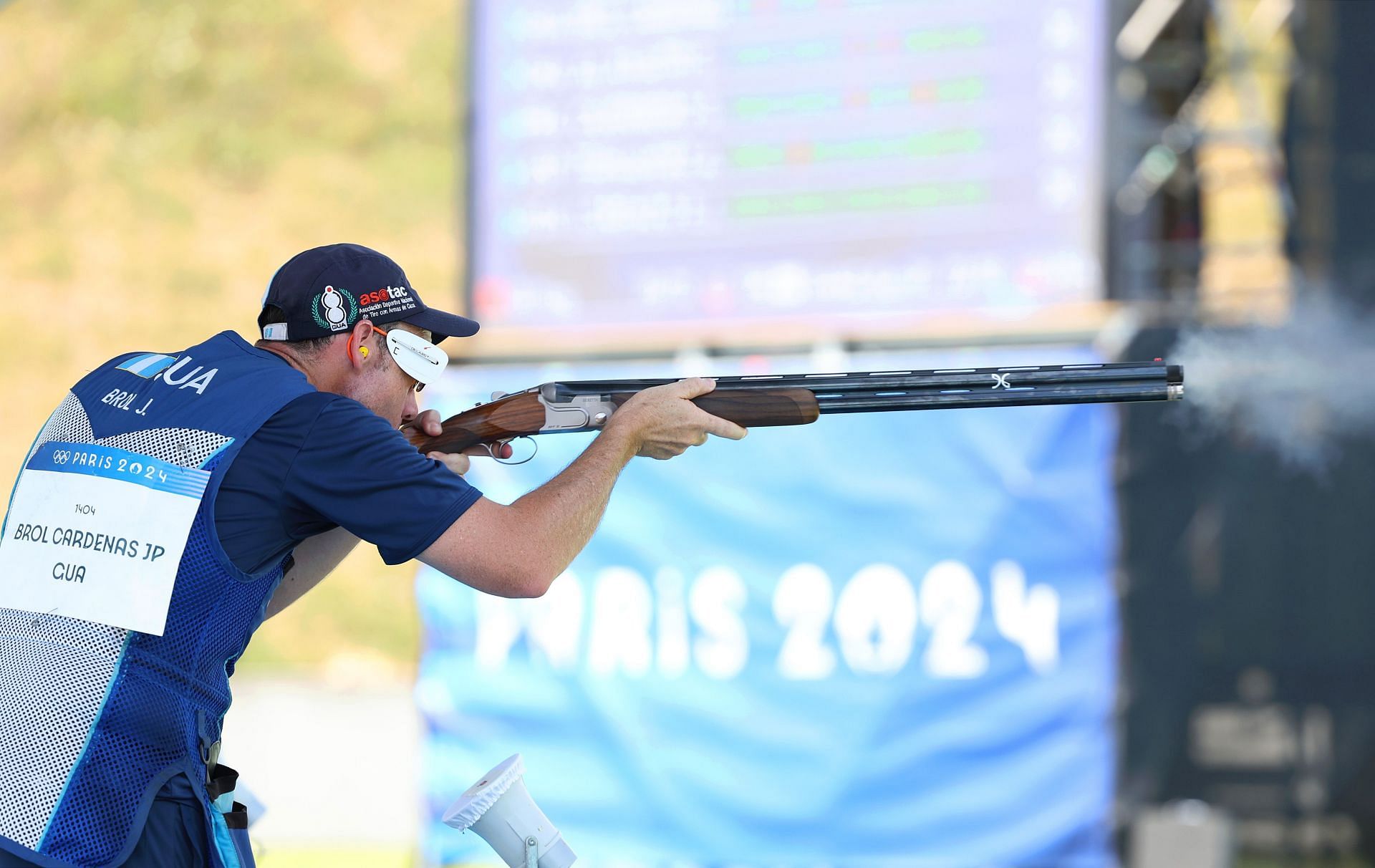
Paris Olympics 2024: What is the difference between Skeet and Trap shotgun events? Know the differences in rules, scoring, and format
The Paris Olympics 2024 feature two distinct shotgun disciplines in its schedule – skeet and trap. Both of these shotgun events have their own rules and regulations that make them exciting to watch for shooting fans.
While both the skeet and trap events feature shotguns, they differ in the way the targets are used and the method of scoring for the athletes. The broad difference is that skeet events feature two targets moving in pre-determined crossing paths, while trap events feature a single target moving away from the shooter.
Both of these shotgun events require different agility and positioning skills on the part of the shooters, as they have to target different numbers of targets moving at different trajectories.
What are the rules and format of skeet and trap shotgun events?
In both skeet and trap events, a shotgun is used to shoot down a specified number of clay targets, which may be of black, white, yellow, or orange colors. The scoring system of both the skeet and trap events are also the same, with one point being awarded for each target hit.
But despite their similarities in the type of gun used, the two events differ in other aspects such as rules and format.
In the skeet shotgun event, two ‘houses’ or target machines are situated at the opposite ends of a semicircular curve in front of the shooter. The two houses – a high house and a low house – launch a clay target each, which travels through a series of pre-determined paths that then cross in front of the shooter.
The high house, which is situated on the left side of the shooter, launches its target from 10 feet above the ground, while the low house on the right launches its target from 3.5 feet above the ground. Both targets reach a height of 15 feet before they cross each other at the center of the shooting field.
In the trap shotgun event, a single house is placed in front of the shooter. The house launches the clay targets at different angles and trajectories, but they are always moving away from the shooter. The shooter needs to anticipate the path and speed of each clay target to hit them accurately.